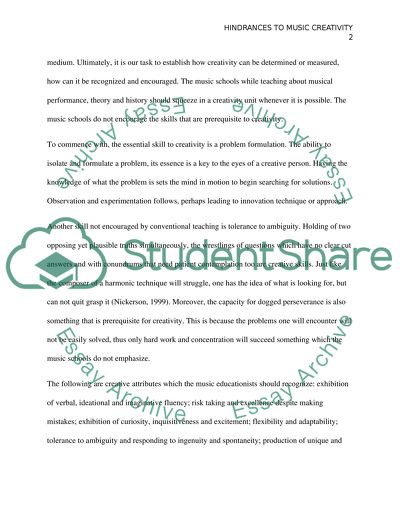Cite this document
(“Hindrance of Music Creativity by Post Secondary Music Institutions Research Paper”, n.d.)
Hindrance of Music Creativity by Post Secondary Music Institutions Research Paper. Retrieved from https://studentshare.org/music/1472656-hindrance-of-music-creativity-by-post-secondary-music-institutions
Hindrance of Music Creativity by Post Secondary Music Institutions Research Paper. Retrieved from https://studentshare.org/music/1472656-hindrance-of-music-creativity-by-post-secondary-music-institutions
(Hindrance of Music Creativity by Post Secondary Music Institutions Research Paper)
Hindrance of Music Creativity by Post Secondary Music Institutions Research Paper. https://studentshare.org/music/1472656-hindrance-of-music-creativity-by-post-secondary-music-institutions.
Hindrance of Music Creativity by Post Secondary Music Institutions Research Paper. https://studentshare.org/music/1472656-hindrance-of-music-creativity-by-post-secondary-music-institutions.
“Hindrance of Music Creativity by Post Secondary Music Institutions Research Paper”, n.d. https://studentshare.org/music/1472656-hindrance-of-music-creativity-by-post-secondary-music-institutions.


